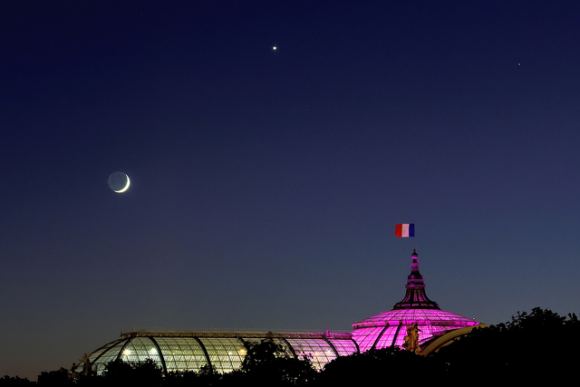
Missed the planets in the dusk sky in early 2018? This summer’s astronomical blockbuster sees the return of all the classical naked eye planets in the dusk sky, in a big way.
The Sky Scene in July
This coming July 2018 features a rare look at the solar system in profile: you can see Mercury and Venus low in the dusk looking westward immediately after sunset, with Jupiter high to the south, Saturn rising in the east, and Mars rising just behind. This isn’t a true grouping or grand conjunction, as the planets span a 170 degree swath of the ecliptic from Mercury to Mars (too bad they’re not in orbital order!) but a product of our Earthly vantage point looking out over the swath of inner solar system in the evening sky.
Can you manage a “planetary marathon” and collect all five this coming Fourth of July weekend? Here’s a quick rundown of all the planetary action from west to east:
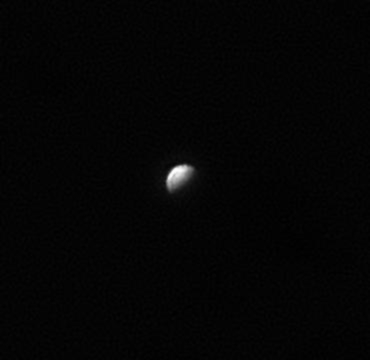
Mercury’s July apparition – fleeting Mercury is always the toughest of the planets to catch, low to the west. -0.3 magnitude Mercury actually forms a straight line with the bright +1st/2nd magnitude stars Castor and Pollux in Gemini the Twins later this week on the evening of June 27th. Mercury reaches greatest elongation 26 degrees east of the Sun on July 12th, presenting a half illuminated, 8” disk. The angle of the evening ecliptic is canted southward in July, meaning that the position of the planets in the evening sky also favors southern viewers. July also presents another interesting mercurial challenge, as Mercury passes in front of the Beehive Open cluster (Messier 44) in the heart of the constellation Cancer on the night of July 3rd/4th.
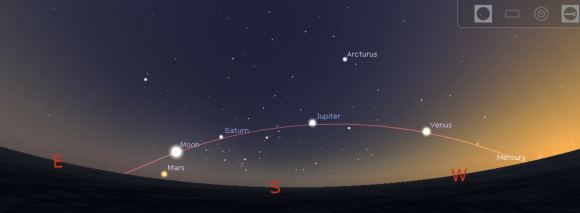
Venus this summer – higher up at dusk, brilliant Venus rules the evening sky, shining at magnitude -4. Venus is so bright that you can easily pick it up this month before sunset… if you know exactly where to look for it. Venus reaches greatest elongation 46 degrees east of the Sun on August 17th, presenting a featureless half-illuminated disk 25” in diameter near a point known as dichotomy. Venus also flirts with the bright star Regulus (Alpha Leonis) in July, passing a degrees from the star on July 10th. Fun fact: Venus can actually occult (pass in front of) Regulus and last did so on July 7th, 1959 and will do so next on October 1st, 2044.
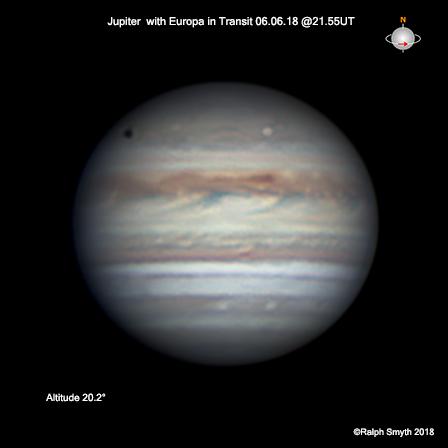
Jupiter Rules – The King of the Planets, Jupiter rules the sky after darkness falls, crossing the astronomical constellation Libra the Scales. Fresh off of its May 9th opposition, Jupiter still shines at a respectable magnitude -2 in July, with a disk 36” across. Jupiter heads towards quadrature 90 degrees east of the Sun on August 6th, meaning the planet and its retinue of four Galilean moons cast their respective shadows off to one side. In fact, we also see a series of fine double shadow transits across the Jovian cloud tops involving Io and Europa starting on July 29th.
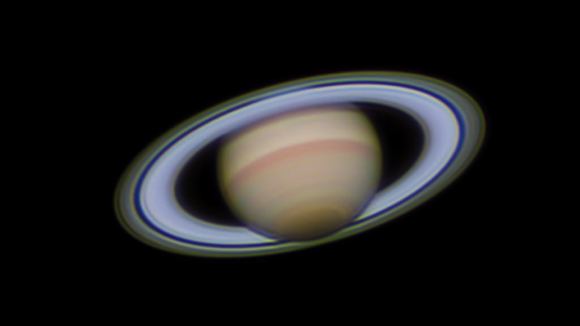
…and Saturn makes five: Stately Saturn never fails to impress. Also just past its June 27th opposition, the rings are still tipped open narrowing down only slightly from last year’s widest angle of 27 degrees, assuring an amazing view. Shining at magnitude 0 and subtending 42” (including rings) in July, Saturn traverses the star-rich fields of the astronomical constellation Sagittarius the Archer this summer. Look at Saturn, and you’re glimpsing the edge of the known solar system right up until William Herschel discovered Uranus on the night of March 13th, 1781.
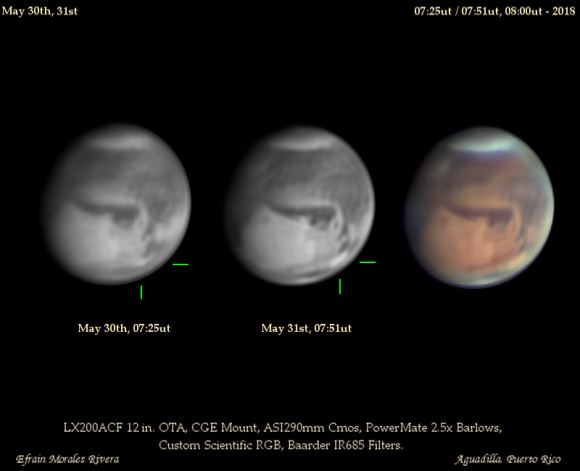
Enter Mars: We saved the best for last. The Red Planet races towards a fine opposition on July 27th. This is the best approach of Mars since the historic 2003 opposition, and very nearly as favorable: Mars shines at magnitude -2.8 at the end of July, and presents a 24.3” disk. More to come as Mars approaches!
And as with many an opposition, dust storm season has engulfed Mars. Be vigilant, as the ‘Red’ Planet often takes on a sickly yellowish tint during a large dust storm, and this cast will often be apparent even to the naked eye. NASA’s aging Opportunity rover has fallen silent due to the lack of sunlight and solar power, and it’s to be seen if the rover can ride out the storm.
The path of the Moon – The Moon makes a good guidepost as it visits the planets in July. The first eclipse season of 2018 also begins in July, with a partial solar eclipse for Tasmania, SE Australia and the extreme southernmost tip of New Zealand on July 13th and wrapping up with a fine total lunar eclipse favoring Africa, Europe, Asia and Australia on July 27th. Note that this eclipse is only 14 hours after Mars passes opposition… we expect to see plenty of pictures of a ruddy Mars near a Blood Moon eclipse.
The Moon also makes a handy guide to catch each of the planets in the daytime sky… though you’ll need binoculars or a telescope to nab Mercury or Saturn (also, be sure the Sun is physically blocked out of view while hunting for Mercury in the daytime sky!) Here are the respective passes of the Moon near each planet in July:
| Planet | Date | Time | Moon Phase/illumination | Distance |
| Mercury | July 14th | 23UT/7PM EDT | Waxing crescent/5% | 2.1 degrees |
| Venus | July 16th | 4UT/00AM EDT | Waxing crescent/14% | 1.5 degrees |
| Jupiter | July 21st | 2UT/10PM EDT | Waxing gibbous/63% | 4.2 degrees |
| Saturn | July 25th | 5UT/1AM EDT | Waxing gibbous/94% | 2 degrees |
| Mars | July 27th | 16UT/12 EDT | Full Moon/100% | 8 degrees |
Unfortunately, the telescopic planets Uranus and Neptune are left out of the July evening view; Uranus is currently crossing the constellation Aries and Neptune resides in Aquarius, respectively. Pluto is, however, currently in the direction of Sagittarius, and you can also wave to NASA’s New Horizons spacecraft en route to its New Year’s Day 2019 KBO destination Ultima Thule (nee 2014 MU69) near the waxing gibbous Moon on the night of July 26th.
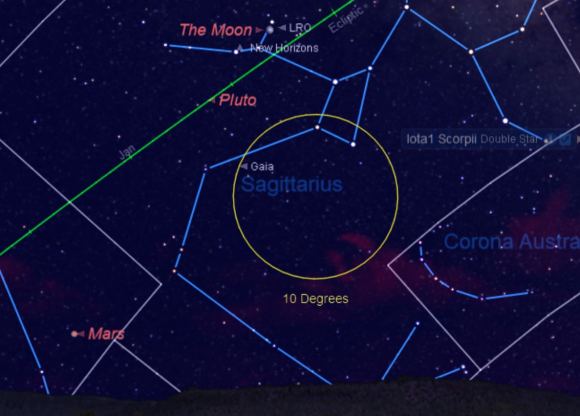
And finally, another solar system destination in Ophiuchus the Serpent Bearer beckons telescope owners in July: asteroid 4 Vesta.
All of this is more than enough planetary action to keep planetary observers and imagers up late on forthcoming July evenings.

